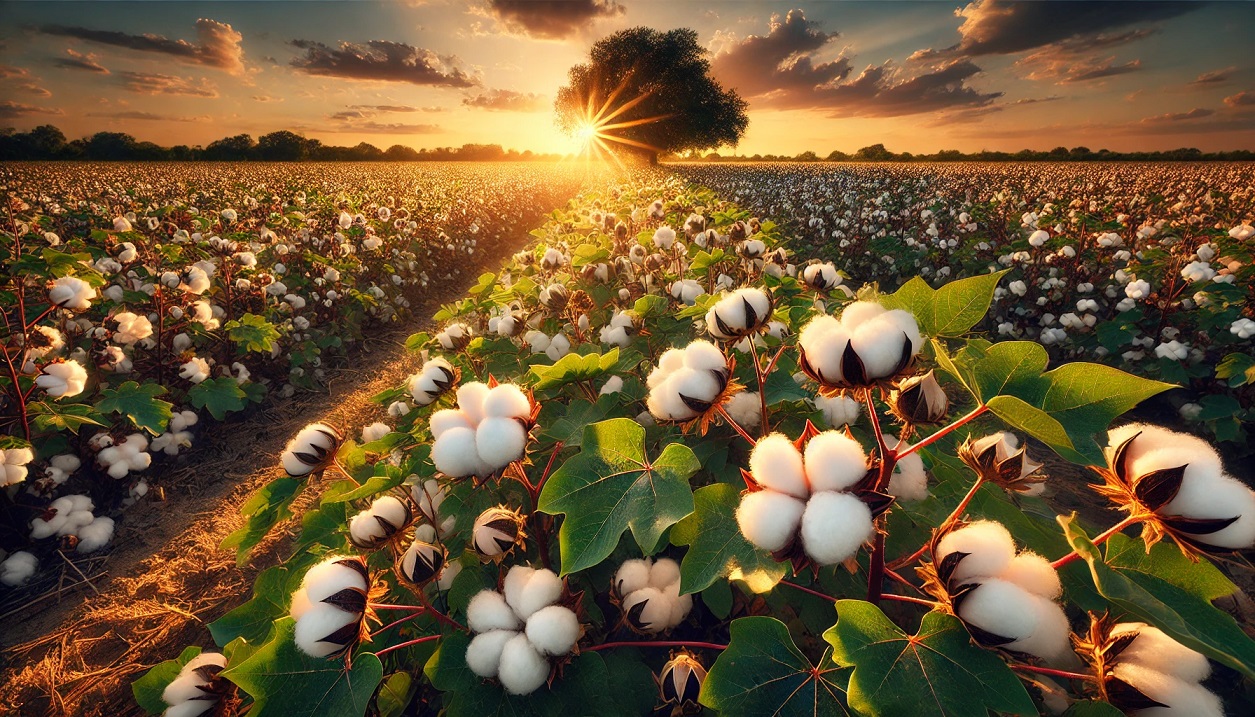Linen, one of the most biodegradable and stylish fabrics, has a history steeped in tradition and utility. Derived from flax plant fibers, linen is known for its durability, quick-drying capability, and natural resistance to moths. When untreated, it is fully biodegradable, coming in natural hues like ivory, ecru, tan, and grey. Its strength, which interestingly increases when wet, and its ability to become softer over time, liken it to aging like fine wine.
A Fabric as Old as Civilizations
Linen’s rich history dates back at least 36,000 years. It was used as currency by the Egyptians and played a crucial role in their mummification processes. Linen was so valued for its strength that it was even used in a form of battle armor known as Linothorax. Today, its versatile nature makes it ideal for a range of products, from upholstery and industrial items to fashion essentials.
The Journey from Flax to Fabric
Producing linen is a labor-intensive process, involving nine stages from planting to drying. This meticulous process contributes to linen’s higher price point compared to other fabrics. Despite its cost, linen’s biodegradability and durability offer long-term value, making it a luxurious yet sustainable choice.
Evaluating Linen’s Sustainability
The Environmental Pros
Flax, the source of linen, is extremely versatile. Every part of the plant is used, ensuring minimal waste. It thrives in poor soil with significantly less water than cotton, making it a more sustainable crop. The European Confederation of Linen and Hemp reports that a linen shirt uses only 6.4 liters of water compared to thousands for a cotton shirt. Moreover, flax requires significantly fewer pesticides than many other crops.
The Challenges
However, linen’s sustainability is not without its challenges. The chemical retting process, used to separate the fiber from the stalk, can involve toxic substances. This process can be made more environmentally friendly with water retting, commonly used in organic linen production. Non-organic flax cultivation might involve the use of nitrates and pesticides, which can be harmful to ecosystems. Furthermore, the production of pure white linen requires heavy bleaching, another environmental concern.
Linen in Daily Life
Linen’s tendency to crease easily is both a charm and a challenge. It requires careful ironing unless one opts for a more relaxed, crinkled look. As a premium fabric, linen typically carries a higher price tag than cotton. However, the durability and longevity of high-quality linen garments can make them more cost-effective over time.
Conclusion
Linen stands out as a sustainable fabric choice, balancing environmental benefits with some challenges. Its rich history, combined with modern sustainability practices, positions linen as a fabric that transcends time – both in style and ecological consciousness. Investing in linen means supporting a fabric with a lower environmental impact, especially when choosing organic options. As the world leans towards more sustainable fashion choices, linen remains a fabric that offers elegance, comfort, and a step towards a more sustainable future.



